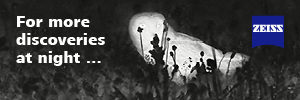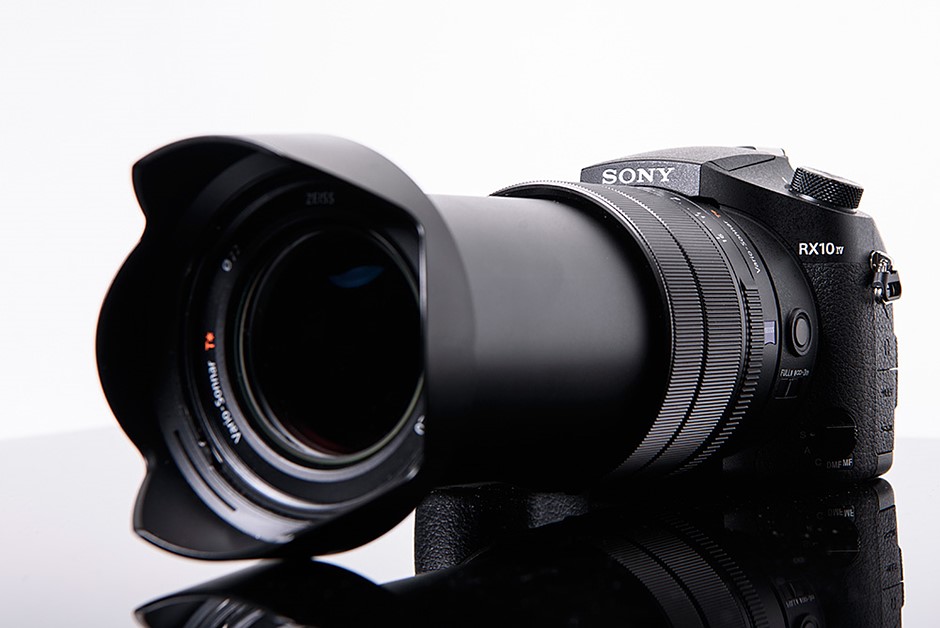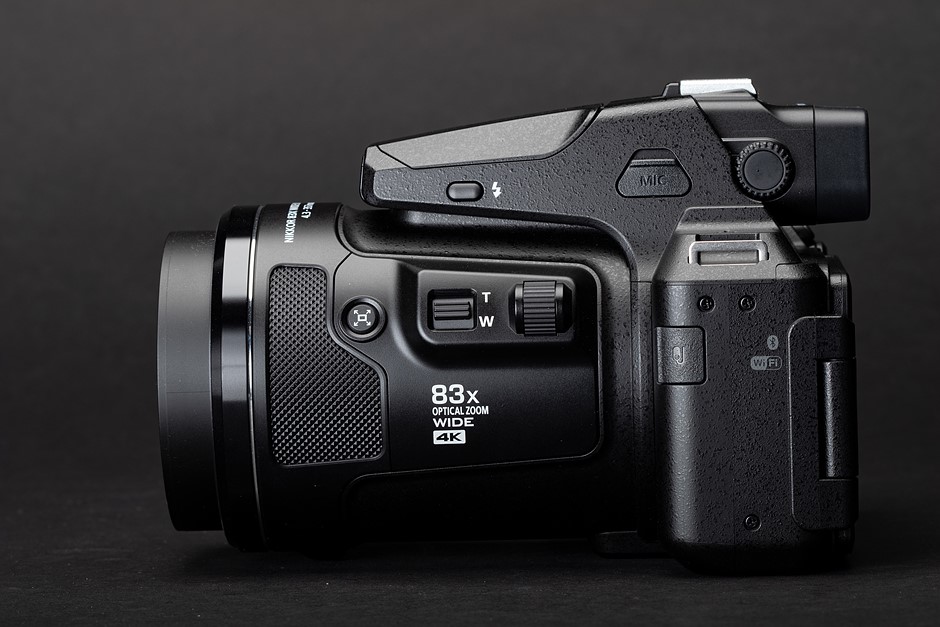Slightly techy stuff follows, I'm calming down before wading through a ton of images - had an amazing time photographing Little Owls... really amazing... (little bit fried standing in a field for some time, they didn't bring me in on the decision about where to nest though).
So the way all the colour sensors in the cameras mentioned above work is they divide the sensor into 2x2 groups of pixels (5M groups in a 20MP sensor). On one diagonal of the group both pixels have a Green filter over them and on the other diagonal one pixel has a Blue filter and one a Red (it's called a Bayer pattern after the guy at Kodak who invented it, you get more Green pixels as the human visual system is most sensitive there). Hence the sensor has 10M Green pixels and 5M of each of Red and Blue. Then it combines this information to make a colour image (will be the same pixel size as the sensor, so 20MP in this case) and saves it in typically a JPEG file with 8 bits (256 levels) of brightness information. The data from the sensor will usually be either 12 bits (4,096 levels) or 14 bits (16,384 levels) per pixel. A Raw file is just saving this data off the sensor so you have a lot more information to work with if you want to modify the image later (lighten the dark bits, etc.) You can do some work with the JPEG, but how much depends how much it was compressed, as JPEG compression works by throwing away the stuff you can't see, which means if you want to see it (such as brightening the shadows, as mentioned) then you may find a lot of the data you want isn't there.
DXO Photolab isn't free and needs a computer. It's a little techy, but you can ignore 95% of it to fix simple things. There are many other Raw processing tools out there, but DXO probably has the best noise reduction, by some way. Topaz has some easy to use products, but Photo AI is just a mess (new version every week at the moment, been awhile since a good one) and Denoise AI only does what it says on the tin. You're never far away from a sale on either product so never pay full price. If you might want to put images on the Internet then I'd be tempted to shoot Raw+JPEG (so you get 2 files per image, you can just shoot one or the other) and then worry about what to do with the Raw file if you get an image you really want to improve (so leave software decisions for now).
P.S. Raw files usually have a JPEG embedded in them, but some cameras put a good JPEG and some a smaller and more compressed one. You can use software like "Instant JPEG From RAW" (free) to extract the JPEG if you mistakenly shot Raw only and don't want to mess with processing the Raw file just then.
(Edit) I see my RX100m5 only saves a 1616x1080 pixel JPEG in its Raw files. I'd assume the RX10m4 is the same. So that wouldn't be much use. My Panasonic GH5 does 1920x1440 and my Canon 5Dsr 8688x5792, so Canon for the win, or the loss for increased Raw file size...
P.P.S. The RX10m4 doesn't write to memory cards that quickly, so buying a fast card is a waste of money, unless you want to read data off it very quickly in a card reader. UHS-II speed cards make no difference, so not worth it:
(You only care about the rightmost column.)












